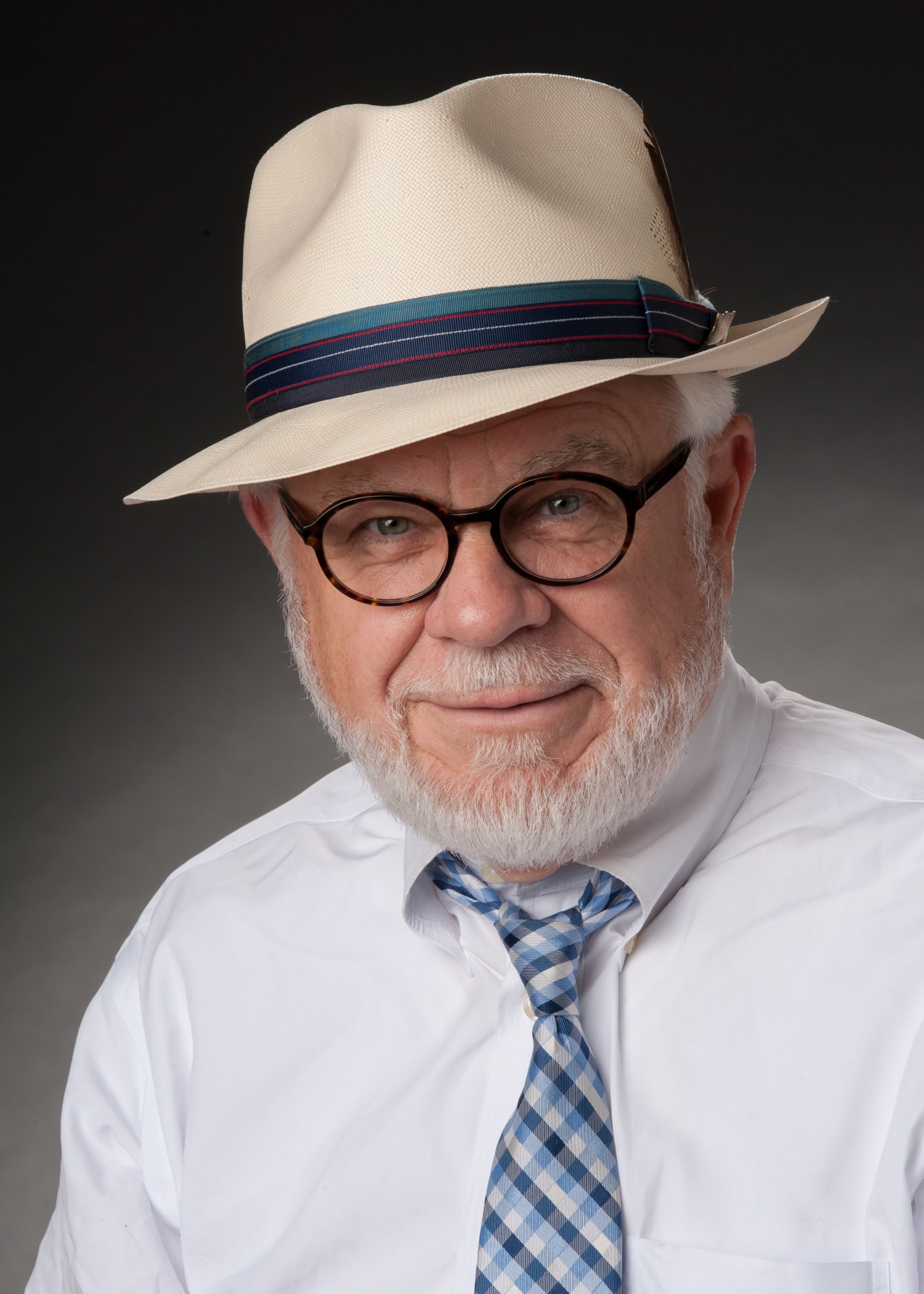By JON GLOVER
Contributing Columnist
Ten post slated for name change. Ten post reported to have ties with the Confederacy. Ten posts. Confederate ties. What is happening?
Camp Beauregard, Louisiana, is the principal training ground for the Louisiana Army National Guard is named for General Pierre Gustave Toutant Beauregard (1818-1893). I received field communication training as a member of the Louisiana Army National Guard.
Ft. Benning, Georgia, a major Army installation named for General Henry Benning (1814-1875) sits near the Alabama border. Ft. Benning is the “Home of the Infantry” featuring airborne, infantry and ranger training. It was the Basic Training post for one of my sons.
Ft. A. P. Hill, Virginia, a base that features a live-free complex and provides extensive training and maneuvers. Ft. A. P. Hill named for Lt Gen. Ambrose Powell (A.P.) Hill (1825-1865). He never owned slaves and did not approve of institution. He did support secession and did join the Confederate army.
Ft. Bragg, North Carolina, is the home of the Airborne and Army Special Operations Forces. Ft. Bragg, was the active duty post for one of my sons. Ft. Bragg is named for General Braxon Bragg (1817-1876). He lived the life of a genteel planter on a sugar cane plantation in Louisiana where slaves worked.
Fort Gordon, Georgia is designated as the US Army Cyber Center of Excellence. Ft. Gordon is named for Major General John Brown Gordon (1832-1904), a favorite of Robert E. Lee.
Fort Hood, Texas, is the largest active-duty armored post in the US Armed Forces. Fort Hood is named for Lt. General John Bell Hood (1831-1879), a son of a Kentucky plantation owner. He left the US Army when Kentucky refused to secede and joined Confederate forces in Texas.
Fort Lee, Virginia, is the home of the Combined Arms Support Command. Fort Lee is named for General Robert E. Lee (1807-1870), recorded to be the most successful Confederate military leader during the American Civil War (1861-1865).
Fort Pickett, Virginia, is the home of the Army National Guard Maneuver Training Center. Fort Pickett is named for Major General George E. Pickett (1825-1875), who was raised on a plantation in Virginia. Pickett joined the Confederate army.
Fort Polk, Louisiana, is the home of the Joint Readiness Training Center. Fort Polk is named for Lt. Gen. Leonidas Polk (1806-1864), who joined the Confederate army.
Fort Rucker, Alabama, is the home of Army aviation. Fort Rucker is named for Col. Edmund W. Rucker (1835-1924), who fought for the Confederate army. Rucker was a slave trader and early Ku Klux Klan leader.
As a member of the Louisiana Army National Guard I was stationed at i.e. Fort Jackson, South Carolina, Fort Benjamin Harrison, Indiana and Camp Beauregard, Louisiana.
I can only ask why there is any need to change the names of these installations? Military members only ask where a post is located and how to get there. Not who is it named for.
John came to Shreveport in January of 1977 when he was transferred to Barksdale AFB.
He’s been active in Shreveport politics since deciding to make Shreveport his home.
John practiced law for 40 years and he now monitors local politics. He regularly attends Shreveport City Council and Caddo Parish Commission meetings.
John is published weekly in The Inquisitor, bi-monthly in The Forum News, and frequently in the Shreveport Times.
He enjoys addressing civic groups on local government issues and elections.
